The Material Characteristics Of Aluminum-Based Silicon Carbide Composites
The rapid development of modern technology and industry has put forward higher and higher requirements for materials. As an important new material, metal matrix composites have the advantages of high temperature resistance, high specific strength, high specific modulus, small thermal expansion coefficient and wear resistance. , is being widely used in aerospace and other high-tech fields. Among them, since the 1980s, countries around the world have been competing to develop particle-reinforced aluminum matrix composite materials. After decades of research and development, remarkable achievements have been made in basic research and development and application.
Compared with traditional metal materials, the characteristics of silicon carbide particle reinforced aluminum matrix composites mainly include the following aspects:
1. The material is isotropic
Compared with long-fiber metal matrix composite materials, silicon carbide particle reinforced aluminum matrix materials are basically isotropic, so the design theory of traditional metal materials can be borrowed for structural design, which can simplify the design process and make full use of materials.
2. Good dimensional stability and thermal properties
The thermal expansion coefficient of this material decreases almost linearly with the increase of SiC content, and its thermal parameters such as thermal conductivity and specific heat are close to the matrix, so it has good dimensional stability and can be used in environments with severe temperature changes. It is very important in industry.
3. Good high temperature resistance
This material has good high temperature resistance, oxidation resistance, and high thermal shock resistance and thermal corrosion resistance.
4. Good mechanical properties
A large number of tests have proved that the material has high specific strength and specific stiffness, as well as good wear resistance and fatigue resistance, so it has excellent mechanical properties and is suitable for the aerospace field with strict quality requirements.
5. Lower fracture toughness
The raw materials are difficult to prepare, and the machining, coating and welding properties are poor. The fracture toughness of particle-reinforced aluminum matrix composites is lower than that of matrix alloys, and its raw material preparation, machining, coating and welding are much more difficult than matrix alloys, which limits its application range to a certain extent.
From the perspective of the military electronics industry, with the rapid increase in the complexity, density and integration of electronic components, traditional electronic packaging materials have been unable to meet the requirements.
As a representative of the third-generation electronic packaging materials, high volume fraction silicon carbide particles reinforced aluminum matrix composites (SiCp/Al) have good parameter matching, excellent mechanical properties and thermal properties, and have been used in radar equipment based on various platforms. be applied in. While utilizing its excellent characteristics, it is inevitable to solve the difficulties of its machining.
This paper introduces the machining problems and solutions of silicon carbide particles reinforced aluminum matrix composite shells encountered in a scientific research project.
The Research On Key Machining Technology
The structure of the component shell used in a certain project is shown in Figure 1. It is a small thin-walled precision part, and the blank is made of silicon carbide particle reinforced aluminum matrix (SiCp/Al) composite material. This composite material contains 60% silicon carbide particles and 40% aluminum alloy.
In the early stage of development, we used traditional machining methods to process. As a result, there are problems such as severe tool wear and large surface roughness values. It is very difficult to process and it is difficult to meet the requirements of use. At the same time, due to its high cost and low efficiency, it is even more difficult to implement in mass production. Therefore, after repeated discussions, it was decided to use the electrical machining method to finish its shape.
The basic principle of the electrical machining method is: based on the electrical corrosion phenomenon during the pulsed spark discharge between the tool and the workpiece, the excess material is removed to achieve cutting, and it is suitable for machining conductive materials. The workpiece materials that we usually use in the electrical machining method are metal materials such as aluminum alloy, copper alloy and steel, and the SiCp/Al composite material contains a large number of silicon carbide particles with poor conductivity, which will adversely affect the electrical machining process, such as Improper parameters used will inevitably be difficult to meet the requirements, and even cause workpiece damage. Since they have never been exposed to electrical machining of such materials before, there is no machining experience to learn from, and there is no reference data in the literature. Therefore, it is planned to use the method of machining test to explore the applicable machining parameters.
The wire cutting test is carried out on the existing high-speed wire cutting equipment. At the beginning of the test, the commonly used cutting parameters for machining steel parts are used first. As a result, frequent short circuits occur during the cutting process, the wire is easily broken, and the cutting speed is extremely slow and cannot be used. Cut out straight lines, basically can not be processed. In the follow-up test, parameters such as discharge current, pulse width, pulse interval and discharge voltage were adjusted and optimized to eliminate short circuit phenomenon, smooth chip removal, and gradually solve material machining problems. The specific test parameters, machining phenomena and results are shown in the attached table.
According to the analysis, in the process of electrical machining, the reinforcement material with poor conductivity is mainly eroded from the matrix in the form of high temperature melting, gasification and brittle spalling under the action of thermal stress. Increasing the power is beneficial to the etching process, increasing the working voltage and increasing the pulse gap to ensure effective chip removal, which can make the discharge process continue, and obtain faster cutting speed and better surface quality.
Next, several machining tests were carried out according to this group of parameters, and the results showed that the consistency of machining quality was good, and it could be used for workpiece machining. In the subsequent EDM machining of the workpiece, this group of parameters was used to obtain a better machining effect, the surface quality of the workpiece was good, and the machining speed reached half of the machining speed of the aluminum alloy material, and the efficiency was high. Pintejin Ceramics is the concept of professional and technical innovation, honest cooperation and sustainable development. Provide new customers with excellent quality, perfect service and good reputation. In addition, our company has unique ceramic mirror polishing technology, which ensures that the brightness, color and finish of our products are superior to similar products. of unanimous praise. Pintejin Ceramics looks forward to working with you all. Contact Pintejin Ceramics Tel: +86 769 82886112.
About China Advanced Ceramic CNC Machining Company – Be-Cu
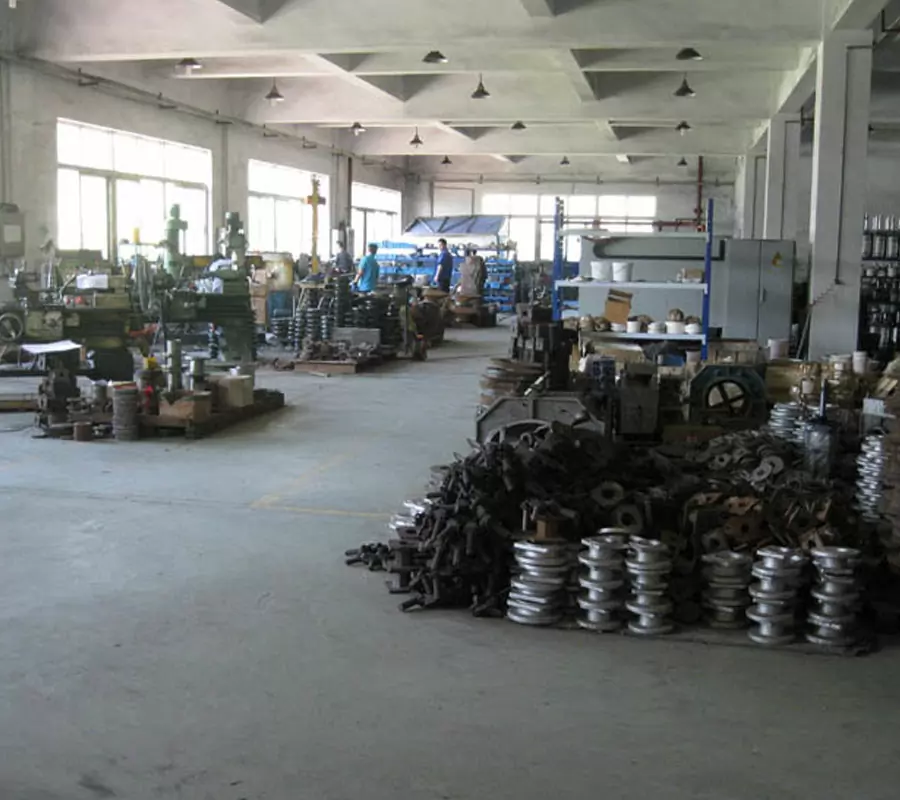
Manufacturer of precision machined components. Ceramic cnc machining components include high dielectric strength, electrical & corrosion resistance, & non-porous & non-shrinking properties.Manufacturer of high temperature fabricated and machinable ceramics including alumina, glass-ceramic, alumino-silicate, boron nitride and zirconium phosphate. Adhesives, coatings and potting compounds to 3200 degrees F,Air firing services for ceramics up to 1650 degrees C also available. Products include insulators, guides, washers, tubes, blocks, & rods for thermal, electrical, corrosion exposure, structural, wear, & semi-conductor operations. Services include machining to tolerances of +/- .0001, ultrasonic core drilling, centerless grinding, milling, & ID & OD threading.Surface grinding, dicing, OD (outer dia.) grinding, ID (inner dia.) grinding, centerless grinding, hole drilling, jig grinding, lapping, honing & polishing service are also available. Diamond grinding with dimensional tolerances of 5 microns & surface finishes of 0.2 microns (8 micro-in.) can be performed.Blanket orders and AutoCAD files & other 3d files accepted.Contact us for your machining ceramic project!
-
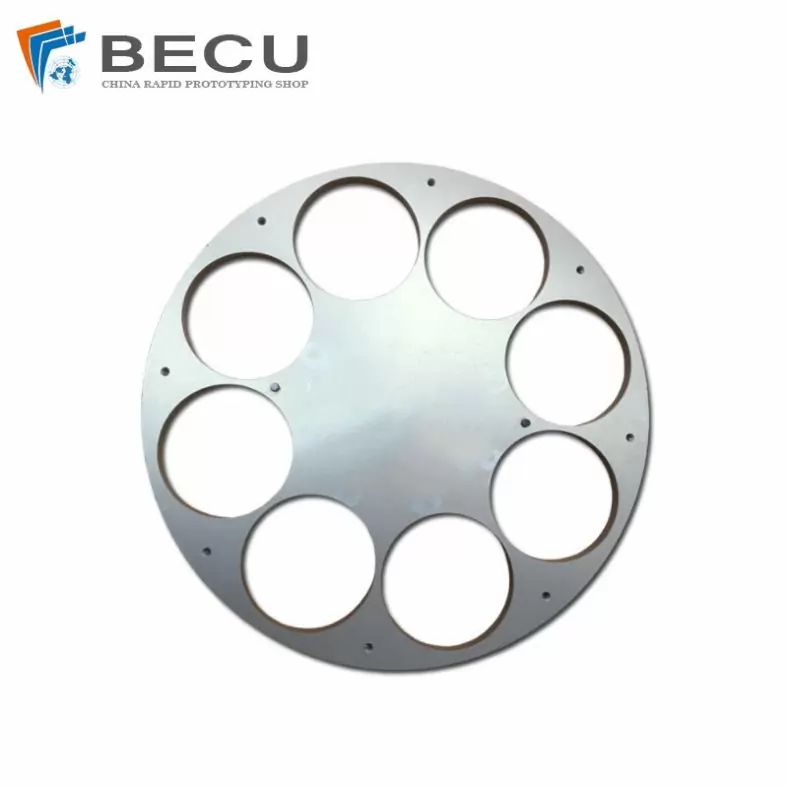
Metal Plating ZrO2 Zirconia Ceramic Parts
-
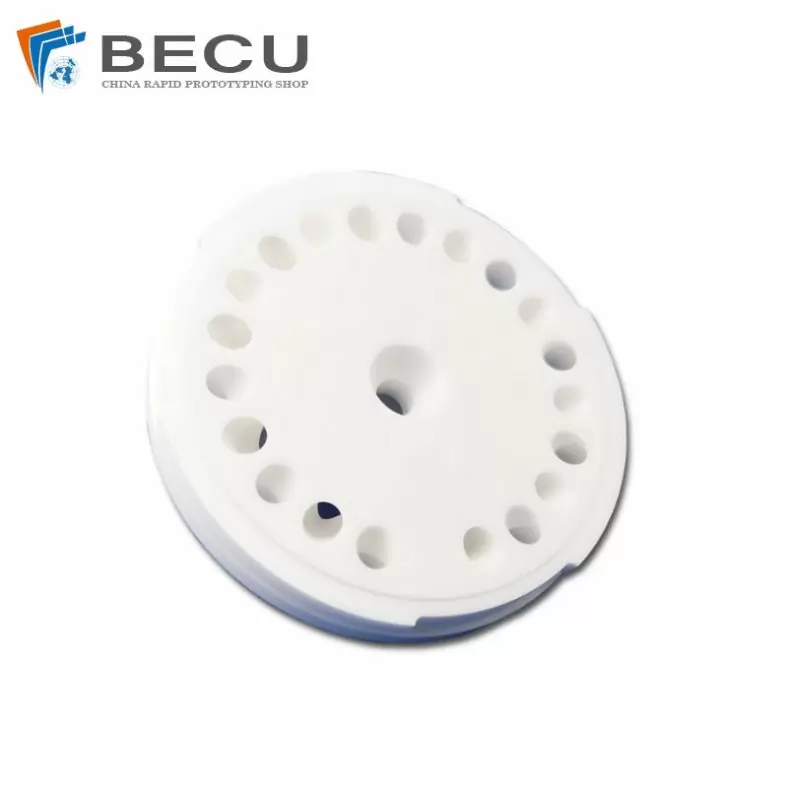
ZrO2 Structural Ceramic Semiconductor Parts
-

Alumina Ceramic Screw Type Parts
-
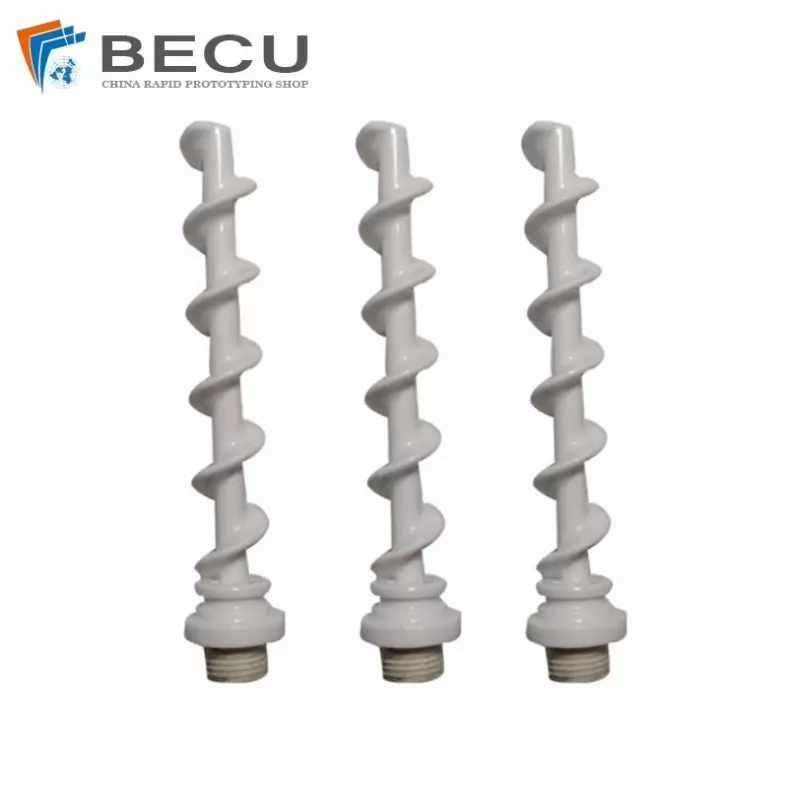
Cnc Machining Alumina Ceramic Screw Heating Pipe
-
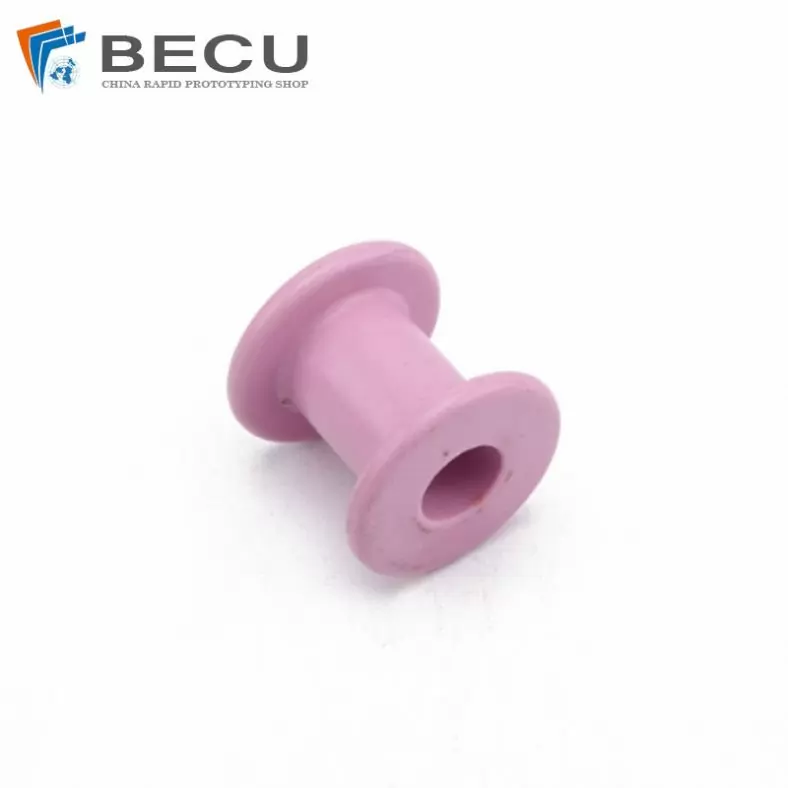
Brushed Fishing Tackle Alumina Ceramic Accessories
-

Winding Machine Alumina Ceramic Wire Wheel
-

Insulation Device Microcrystalline Ceramic Multi-Slot Ceramic Column
-
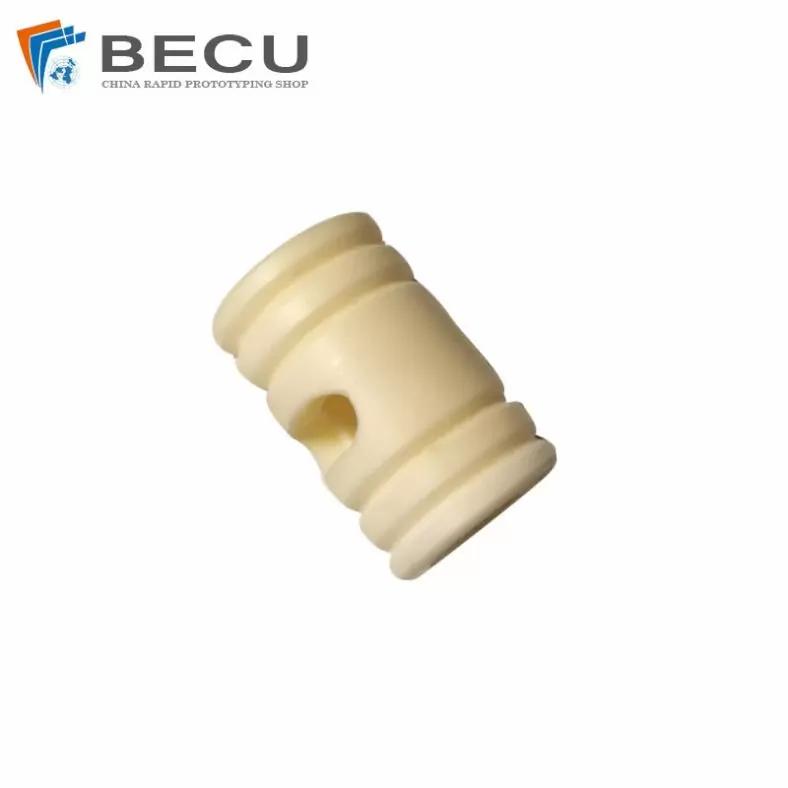
99 Alumina Ceramic Spool Insulator Sleeve
-
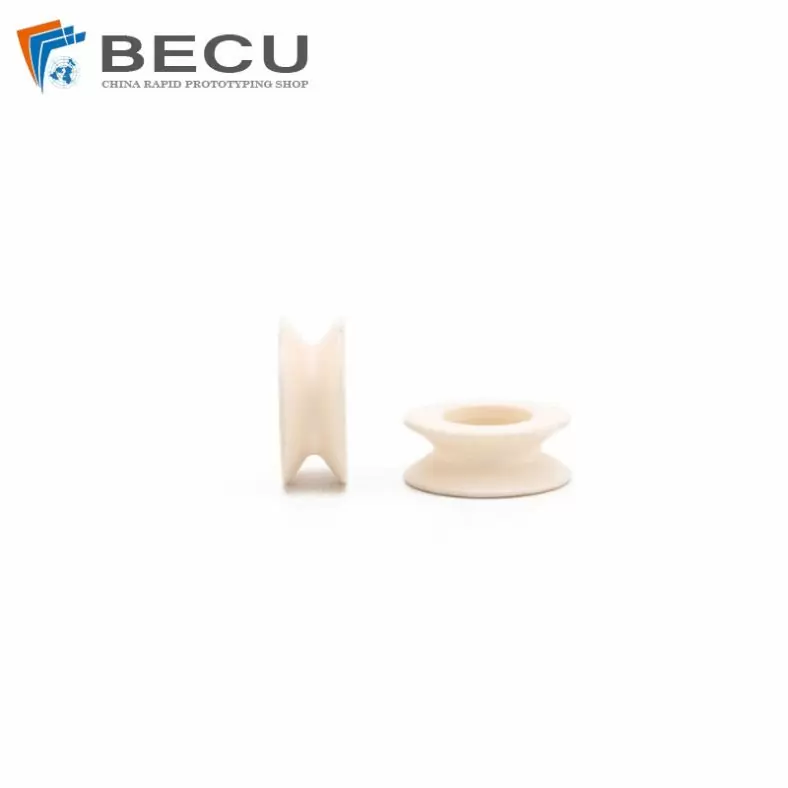
The Alumina Ceramic Ring Of Textile Machine Thread Passing Wheel
-

Isostatic Pressure Insulation Alumina Ceramic Column
